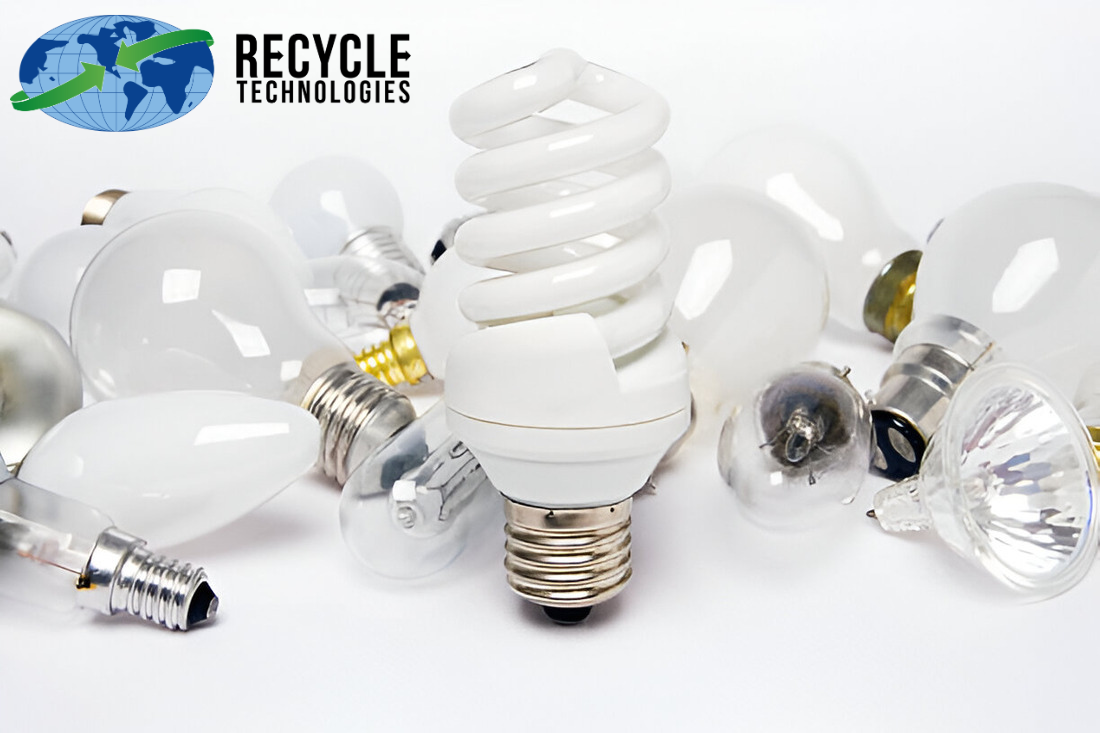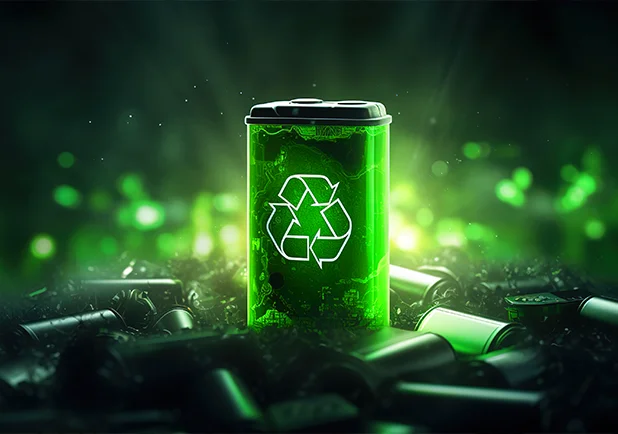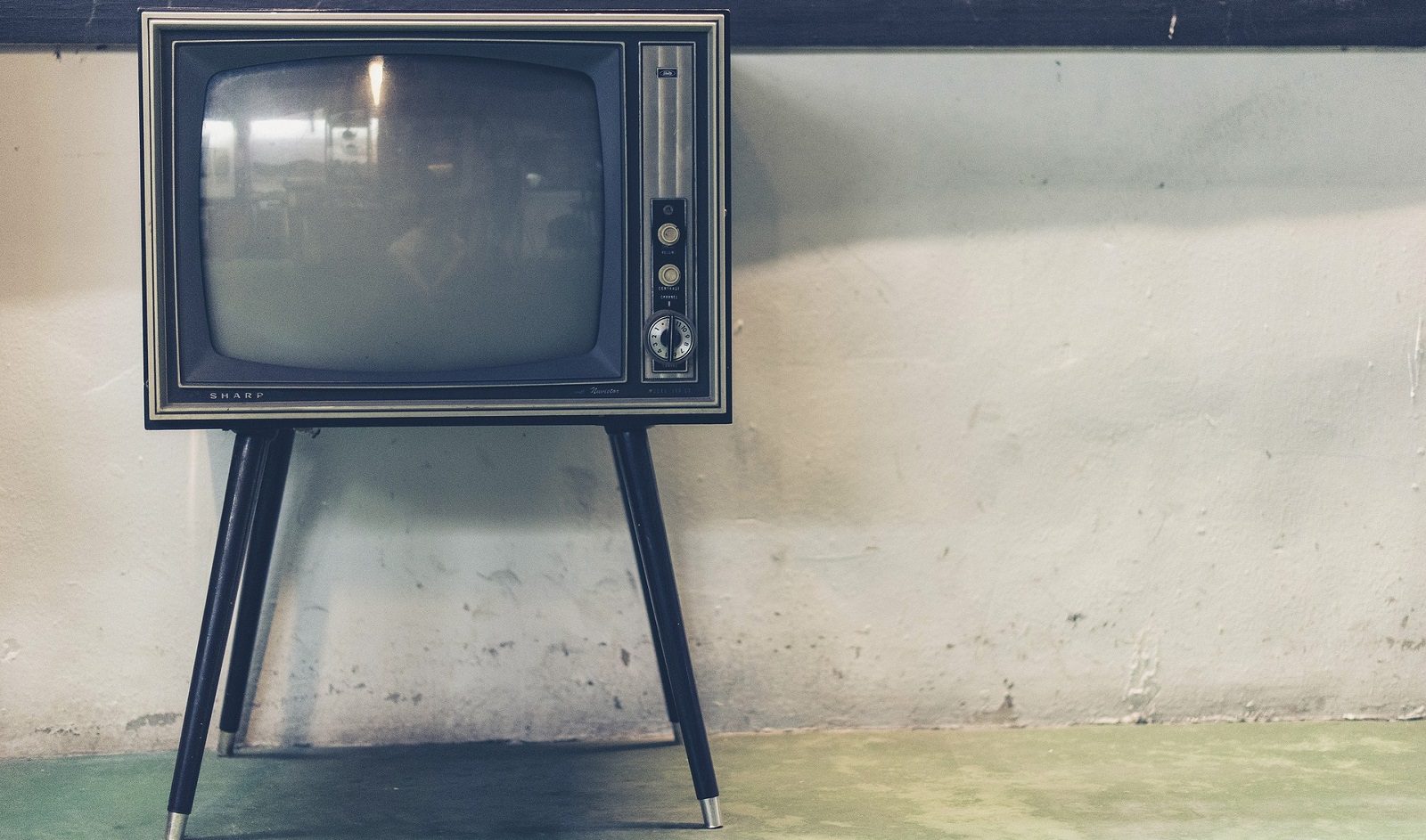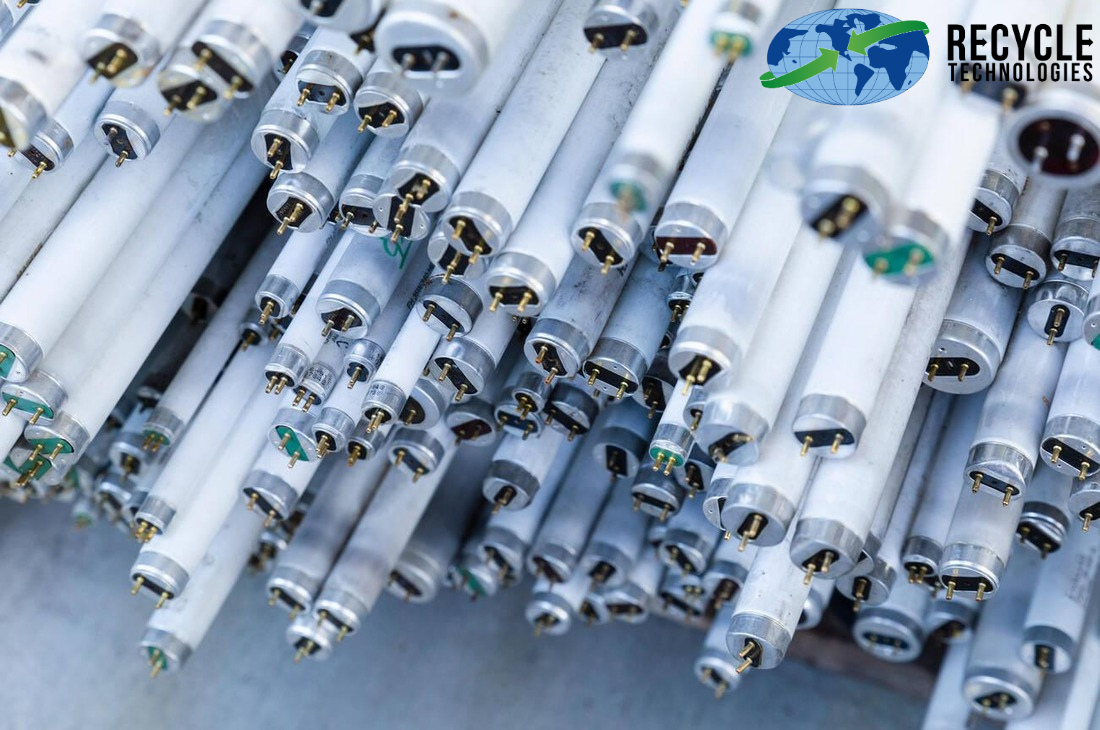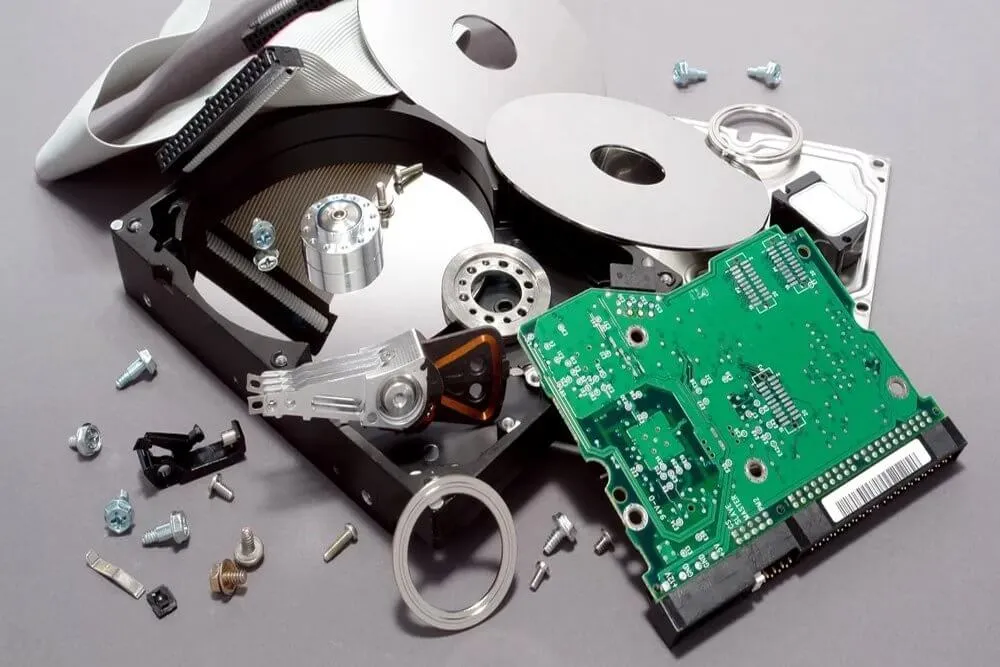Lightening bulbs are a wonderful invention, perhaps the greatest invention of all time. Through it, humans came out of the darkness. True, there was gas lightening present in the good old days, but it was scarce, did not produce enough light, and caused a lot of pollution. With the dawn of electric bulbs, daily tasks were no longer put on hold until the next morning. Thanks to the discovery and usage of bulbs in day-to-day life, man’s life was filled with comfort and ease. To make the commodity affordable for everyone worldwide, scientists toiled day and night to come up with a solution.
Fluorescent Bulbs
Fluorescent-bulbs came into the market around the 1900s. Several reasons made them stand out from the previously existing incandescent bulbs. These bulbs revolutionized the existing market and were now a part of every home. But what really were fluorescent bulbs?
What is a Fluorescent Bulb?
Fluorescent-bulbs produce a special kind of light. It follows a very basic scientific phenomenon. Here is how light is produced:
- Inside the bulb, there are mercury vapors.
- These vapors react with specific gases present in the bulb.
- As a result of the reaction, UV radiation is produced invisible to the naked eye.
- The ray creates an impact on the bulb's inner coatings, which gives off a white light on the outside.
Despite being rare initially, today, every home has tens of fluorescent-bulbs lying around. Most of them are utilized to produce light inside the house.
Pros of Using Fluorescent Bulbs
There are many benefits of using fluorescent-bulbs inside your homes. Some of them are as follows:
1. Energy Efficient
It is commonly known that fluorescent-bulbs utilize 70% less energy than normal incandescent bulbs. They need more energy when the bulbs are switched on, which is one of the major reasons why you may notice that the fluorescent light takes a little while to brighten up properly. But eventually, the electricity starts to move on its own. The loop circuit allows the bulb to utilize less energy making these bulbs very energy efficient.
2. Long-Lasting
Believe it or not, fluorescent bulb can last up to 10,000 hours. This means that if you use a fluorescent bulb day and night, it will not stop working for around 1 year! A homeowner needs to buy, install, and replace the fluorescent bulb after one whole year. If you calculate the fluorescent bulbs' annual savings, you can amount it to hundreds of dollars. Your labor, time, effort, and money are all saved in this scenario.
3. Endless Shapes and Sizes
If you are one of those who like fancy lights, then fluorescent bulb are the ones for you. This is because they come in all shapes and sizes. You can use their bulbs in bulb holders or chandeliers. They are readily available in the market for all kinds of outlets.
Cons of Using Fluorescent Bulbs
Despite having many pros, there are many different factors that make the bulbs bad. Here are some of the most important ones:
1. Too Bright
The light produced by fluorescent bulbs is too bright for the eyes of some people. It can cause irritation and discomfort. Some people end up having headaches when they are continuously exposed to the light in their workspaces.
2. Light Quality Reduces
This is one of the most common issues with fluorescent bulbs, i.e., they start to lose their brightness over the passage of time. The longer the bulb burns, an imbalanced reaction starts to happen. This results in causing the bulb to become less bright and white. A yellowish tint starts to appear in the white light, creating an uncomfortable environment inside the departments.
3. Mercury
Unfortunately, this is the worst possible element to have in a bulb. Sure, mercury element is efficient in producing light and the right kind of radiations inside the bulb. Still, when it comes to the environment, mercury can cause a lot of harm. People disposing of bulbs with mercury in them can put the lives of every living thing in danger due to the bulb's mercury contents. The horrific impacts of mercury inside the fluorescent bulbs after they come into contact with the outside environment have created an alarming situation. The question now becomes this:
How do we prevent the mercury inside fluorescent bulbs from reaching the environment and leaving harmful impacts on it?
Well, the answer to this question is pretty simple: Recycling.
For Recycling Light bulbs in Minneapolis and Wisconsin, please check out our services.
With the rapid increase in environmental pollution, global warming, and general environmental chaos, recycling a fluorescent bulb has become mandatory for every individual worldwide. As soon as an individual makes a purchase of a fluorescent bulb, they must make sure they are aware of how they must dispose of it when the time comes.
Every municipality around the United States has a set of procedures that individuals must follow when it comes to getting rid of fluorescent bulbs. Depending on your location, there are a number of choices available, out of which you can choose the best one. Today, even some local retailers also accept used or old fluorescent bulbs. Home Depot and Ikea are the most prominent ones. These outlets utilize your old bulbs by recycling them.
Recycling Process of Fluorescent Bulbs
You must be wondering what the recycling process of a fluorescent bulb must be like? So here is how it goes:
a. Removing the Bulbs
If one of the fluorescent bulbs stops working in your home, it is time to remove them from their holder. It is best to extract them from their places carefully because they are fragile and easy-to-break. The best way to accomplish this is to first switch off the bulb. Then hold the bulb in a piece of cloth and carefully twist it out of the bulb holder. Do not apply any pressure on it and use very light hands to accomplish the task.
Store the bulb in a carton or a box. Collect all the fluorescent bulbs in this box so that you can take them all together to the collection center.
b. Fluorescent Bulbs Collection Center
Take them to the nearest recycling center. In many states, different outlets collect the bulbs and send them to the centers for recycling purposes.
c. Recycling Center
The collected fluorescent bulbs are sent to the recycling center. Once there, each box is opened, and the bulbs are fed to different machines. These machines are dedicated to recycling purposes. The pressure and temperature are highly maintained to prevent mercury from leaking into the environment.
d. Products Separation
In this step, the phosphor powder is extracted from the glass and metals. Sophisticated and automated tools present inside the machines perform this job seamlessly. This is an over-simplification of the whole scenario because it is accomplished in various steps.
e. Isolation of Mercury
Through the dust filters, mercury is isolated from the remaining elements and then placed in the distiller barrels. The dust filters automatically clean themselves so that the mercury does not leak into the environment.
f. Extraction of Mercury
Mercury is then extracted from the distiller barrels. Through a proper retorting procedure, mercury is safely separated and removed.
g. Storing Glass and Aluminum
Large amounts of glass and aluminum are extracted during the process. If they are clean enough from the mercury and still usable, they are stored in different places for reuse.
h. Reusing Elements
All the elements extracted from the bulb are reusable, including mercury. Even the phosphorous powder along the insides of the bulb is reusable.
i. Certificate Issuance
To reassure you, most organizations issue a certificate to confirm the whole fluorescent bulbs recycling process. If you cannot pick it up, it can also be emailed to you.
Benefits of Recycling Fluorescent Bulbs
Now that you understand the whole process (which can sound quite complicated), you must be wondering why anyone should recycle fluorescent bulbs. There are numerous benefits attached to it. Here are a few:
You can save the environment.
Our environment is dying. To make things worse, we throw fluorescent bulbs containing mercury into the environment directly. When the mercury seeps into the ground, it may reach the water reservoirs. This water is mostly our drinking source and becomes poisonous. Similarly, the powder along the glass edges inside the bulb is harmful when it goes into the water in large quantities. It creates a toxic chemical that can harm the living things in the surrounding area.
By following the proper recycling process of Fluorescent Bulbs Recycling In Madison WI, you can easily eliminate the harmful impacts on the environment.
You can save landfill space.
Every day more and more land is becoming occupied with waste products. One of them majorly includes fluorescent light bulbs. Landfills have multiple toxic materials in them, which can render the land infertile for long periods. By recycling your bulbs, you can ensure that they do not end up occupying the landfills. This means there will be more space for humans, plants, and animals to live.
You can produce reusable materials.
All the recovered products in the fluorescent bulbs can be reused easily. The energy utilized to make these products is not wasted for a second time. Recycled glass is used to create more bulbs. As a result, fewer resources such as aluminum, water, and others are extracted from the environment.
Conclusion
Like every other commodity globally, there are many pros and cons to using fluorescent bulbs in daily life. If you think recycling them is a big hassle, it is best to not utilize them in your homes. This way, you can prevent the environment from harm. Always remember that fluorescent bulbs are fragile and must be handled properly with care. Take them to the nearest recycling outlets and get your fluorescent bulbs safely and carefully recycled today!


